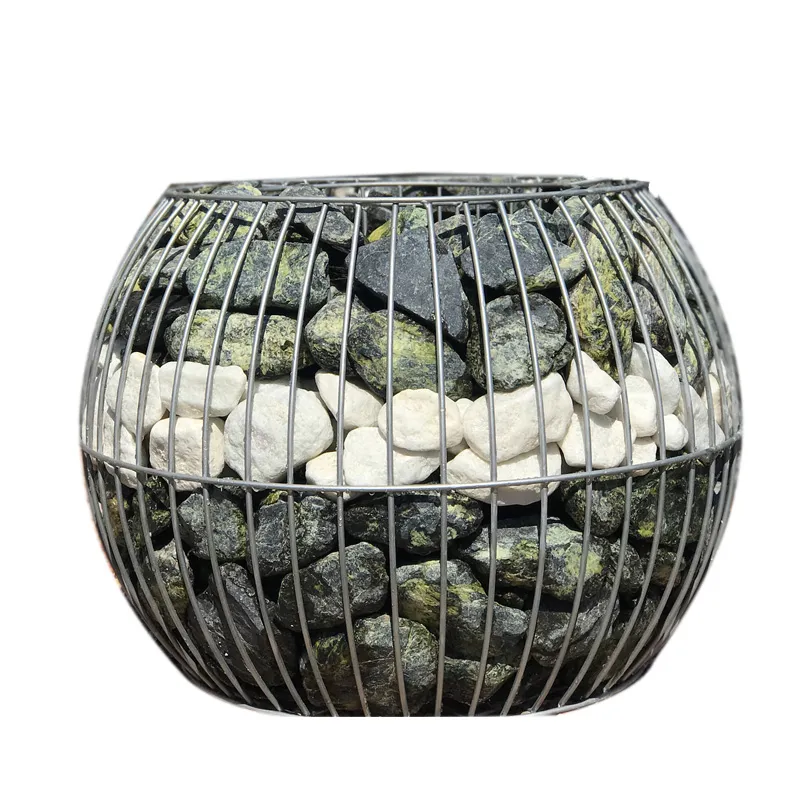-
+86 15030157877
-
sales@galvanizedmetalmesh.com
Nov . 06, 2024 17:03 Back to list
Crimped Woven Mesh Production and Supply by Leading Manufacturers Worldwide
Understanding Crimped Woven Mesh The Role of Manufacturers in the Industry
Crimped woven mesh is a versatile and widely utilized material in various industrial applications. Known for its durability and strength, this type of mesh is produced by weaving together wire strands that are crimped to create a distinctive texture. This article will explore the manufacturing processes involved in creating crimped woven mesh, the industries it serves, and the benefits it offers to users.
The Manufacturing Process of Crimped Woven Mesh
The production of crimped woven mesh begins with selecting the appropriate wire material. Commonly used materials include stainless steel, carbon steel, and aluminum, with each offering different properties suitable for specific applications. Once the wire is chosen, it undergoes a crimping process. Crimping involves bending the wire at regular intervals to create a series of waves or bends. This not only enhances the mesh's structural integrity but also improves its ability to filter or support various materials.
After crimping, the wires are woven together using different weaving patterns, such as plain, twill, or Dutch weave. The choice of weave affects the mesh’s characteristics, like opening size, strength, and flexibility. Manufacturers can customize these patterns to meet the specific requirements of their clients.
Next, the woven mesh is typically subjected to a finishing process. This may include treatments such as galvanization, powder coating, or anodizing, depending on the material used and the intended environment of use. These finishes enhance the mesh's resistance to corrosion and other environmental factors, extending its lifespan and maintaining its appearance.
Applications Across Industries
Crimped woven mesh has a wide range of applications across various industries. One of the most common uses is in the construction and mining sectors, where it is used for reinforcing concrete, as well as for creating safety barriers and fencing. The mesh's ability to bear heavy loads while maintaining its shape makes it ideal for these demanding environments.
crimped woven mesh manufacturer

In the agricultural sector, crimped woven mesh is employed in animal enclosures, storage bins, and equipment protective covers. Its durability is crucial for ensuring safety and security in these applications.
Moreover, the manufacturing and food processing industries use crimped woven mesh for filtration and separation processes. The mesh's customizable opening sizes allow for efficient sorting and filtering of materials, such as grains or minerals.
The Benefits of Crimped Woven Mesh
Crimped woven mesh boasts several advantages that make it a preferred choice in various applications. Firstly, its strength and durability ensure that it can withstand significant wear and tear, making it a cost-effective solution in the long run. Additionally, the design flexibility allows manufacturers to create custom solutions tailored to specific needs, whether for industrial, agricultural, or architectural applications.
Furthermore, crimped woven mesh offers excellent airflow and visibility while still providing structural support. This feature is particularly beneficial in contexts such as outdoor fencing or grating, where aesthetics and functionality are equally important.
Conclusion
As industries continue to evolve, the demand for high-quality crimped woven mesh remains strong. Manufacturers play a pivotal role in this process, ensuring that the products meet the specific needs of their customers while maintaining high standards of quality. By understanding the intricate processes behind the production of crimped woven mesh and recognizing its diverse applications, we can appreciate its critical role in modern industrial practices. As material technology advances, we can expect further innovations in mesh design and manufacturing, paving the way for even more efficient and effective solutions across various sectors.
-
Premium Roof Tiles for Durable & Stylish Roofing Solutions
NewsJul.30,2025
-
High-Quality Roof Tiles for Durable & Stylish Roofing Solutions
NewsJul.29,2025
-
High Quality Square Wire Mesh Manufacturer & Supplier for Wholesale
NewsJul.29,2025
-
Premium Roof Tiles for Durable & Stylish Roofing Solutions
NewsJul.29,2025
-
Hexagonal Gabion for Slope Protection & Retaining Walls | Durable Wire Mesh
NewsJul.29,2025
-
3D Curved Welded Wire Mesh Fence for Secure & Stylish Fencing Solutions
NewsJul.28,2025



